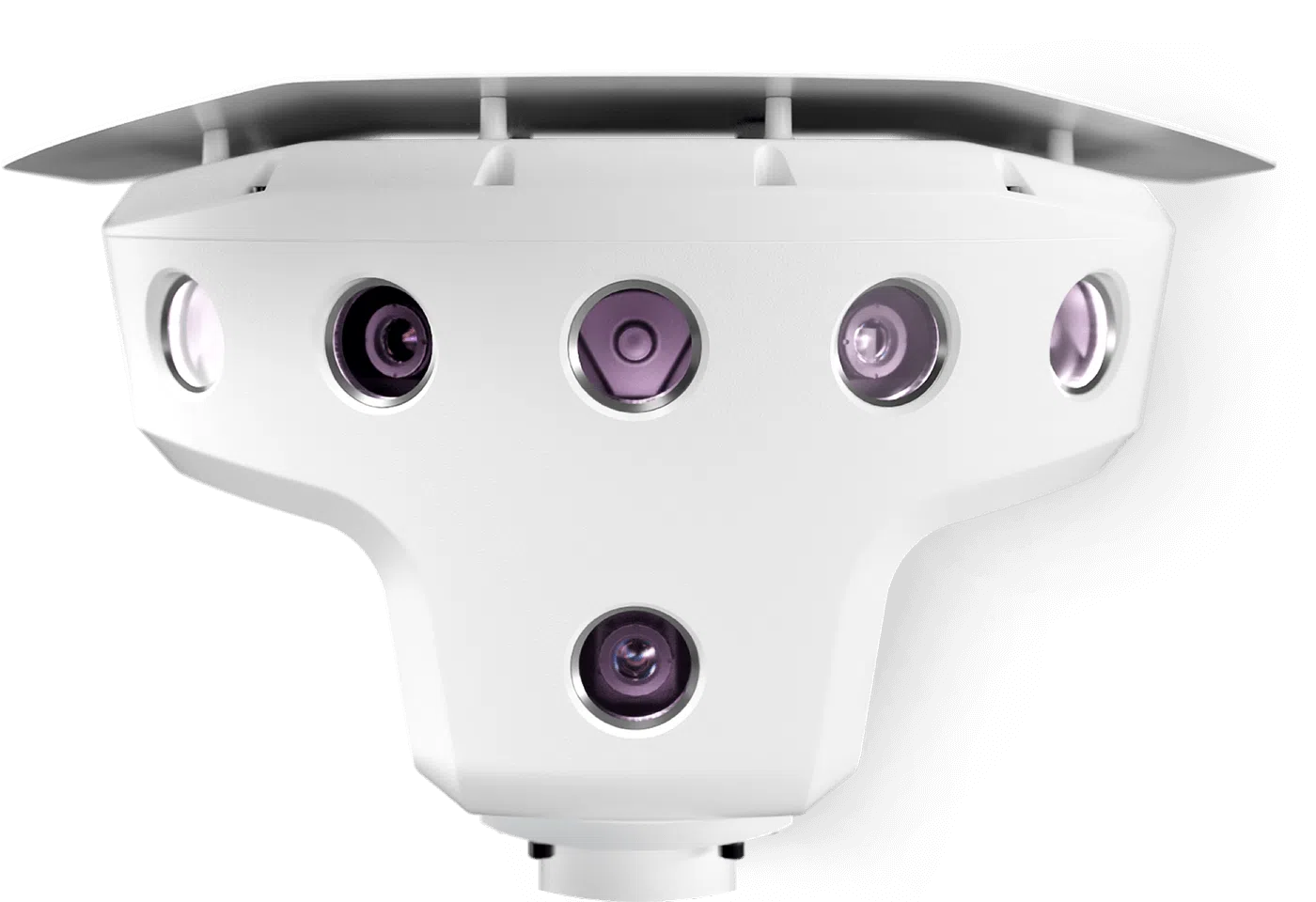Ship collisions at sea cost the maritime industry billions annually in damages, downtime, and reputational loss, with approximately 4,000 safety-related incidents annually, resulting in an estimated $20 billion in financial losses. These incidents not only damage vessels and disrupt operations but also erode trust, tarnish reputations, and invite increased regulatory scrutiny. Despite the clear risks, many operators remain hesitant to invest in collision avoidance systems.
The challenge lies in the paradox: how can the ROI of prevention be measured when its success is defined by the absence of incidents? Traditional ROI focuses on profits from investments, but there’s another side to consider—the savings and reduced risks from avoiding major incidents. This “reverse ROI” shows the value of technologies that protect assets, improve safety, and minimize financial and reputational risks, especially when the high costs of ship collisions are at stake.
The Price of Maritime Safety Failures
Escalating Insurance Premiums
Collisions activate multiple insurance policies, including hull and machinery, protection and indemnity (P&I), and cargo insurance. The legal and administrative processes involved in claims management significantly increase costs, often leading to fleet-wide premium hikes.
Cargo Losses
In 2023, 26 vessels were reported as total losses globally due to incidents such as floundering, wreckage, and explosions. Of these, 60% were cargo ships. Such collisions often lead to extensive damage or loss of cargo, imposing significant additional costs on operators. These include retrieval efforts, environmental remediation, and other unforeseen expenses, many of which are not fully covered by insurance.
Environmental Liabilities
Ship accidents can lead to oil spills and hazardous material releases, causing extensive environmental damage. Following incidents like the 1969 Torrey Canyon disaster, the IMO established the International Convention on Civil Liability for Oil Pollution Damage to hold operators accountable for environmental harm. Today, the risk-adjusted cost of a single oil spill ranges from $544,000 to $2.72 million, while catastrophic events like Exxon Valdez or Deepwater Horizon incur cleanup, restoration, and reputational costs that can climb into the billions.
Operational Costs
Collisions can render vessels out of service for weeks or months, causing significant revenue losses. Extensive structural damage often disrupts schedules, derails supply chains, and results in penalties, client dissatisfaction, and long-term reputational harm. Operating costs—such as crew wages, fuel, and maintenance—compound the financial burden, limiting resources for fleet expansion or upgrades. Moreover, such incidents may cause disruptions to port operations and supply chains, as seen with the Baltimore bridge collapse, which halted maritime traffic and impacted commercial activities.
Reputational Impact
Collisions erode trust among clients, investors, and regulators, making reputation one of the most critical intangible assets for maritime operators. Cargo owners, in particular, prioritize safety records when selecting shipping companies, as a strong safety performance directly impacts the reliability of their supply chains. Vessels with poor safety records are often excluded from consideration by charterers, leading to significant revenue losses for shipowners.
Human Cost of Collisions
While financial losses can be quantified, the human cost of collisions is immeasurable. Between 2018 and 2022, maritime accidents claimed 169 lives, with 27 deaths in 2022 alone. Loss of life leads to legal liabilities, increased regulatory scrutiny, and demands for systemic safety reforms.
A Smarter Approach to Preventing Vessel Collisions
Human error remains the leading cause of maritime accidents, accounting for 50.1% of incidents between 2014 and 2022, according to EMSA. Factors such as crew fatigue, delayed responses, and overreliance on manual systems highlight the need for tools that complement human decision-making and reduce cognitive strain.
Traditional systems like radar and electronic navigational charts have long been relied upon but often fall short. These tools depend heavily on human interpretation, leaving room for errors, particularly in high-stress or low-visibility scenarios. Additionally, they struggle with limited detection ranges and the ability to classify seaborne objects effectively.
Investing in collision avoidance systems is a critical step toward mitigating risks and enhancing maritime safety. AI-powered collision avoidance systems address these limitations, combining advanced technology with human expertise to transform maritime safety. These systems offer significant advantages:
Enhanced Maritime Situational Awareness
Acting as a digital lookout, AI detects and classifies risks far earlier and more accurately than conventional systems. This capability is crucial in congested waters or under poor visibility conditions.
Proactive Risk Management
Predictive analytics provide crews with early warnings, enabling them to take corrective action before incidents occur, reducing reliance on reactive measures.
Reduced Crew Workload
By automating routine monitoring tasks, AI allows crews to focus on complex navigation decisions, minimizing fatigue and improving overall performance.
For example, Orca AI’s digital watchkeeper, SeaPod, exemplifies the potential of these systems. By leveraging autonomous navigation technologies, it continuously monitors vessel surroundings, detects potential hazards, and provides real-time alerts to crews. These features have been shown to reduce near-miss events by more than 74% and enhance situational awareness, even in challenging conditions such as low visibility or congested waterways. Over time, its adaptive learning capabilities ensure the system evolves alongside operational needs, offering fleets a reliable tool for safe and efficient navigation.
Investing in Safety as a Growth Strategy
Investing in safety isn’t just about avoiding losses—it’s about positioning businesses for sustainable growth. Investing in collision avoidance systems enables operators to protect valuable assets, reduce risks, and enhance operational resilience. Beyond financial savings, these systems empower crews, ensure regulatory compliance, and bolster trust among stakeholders. In an industry where the cost of inaction is staggering, the ROI of prevention is a transformative strategy that safeguards both lives and livelihoods, redefining the future of maritime safety.









